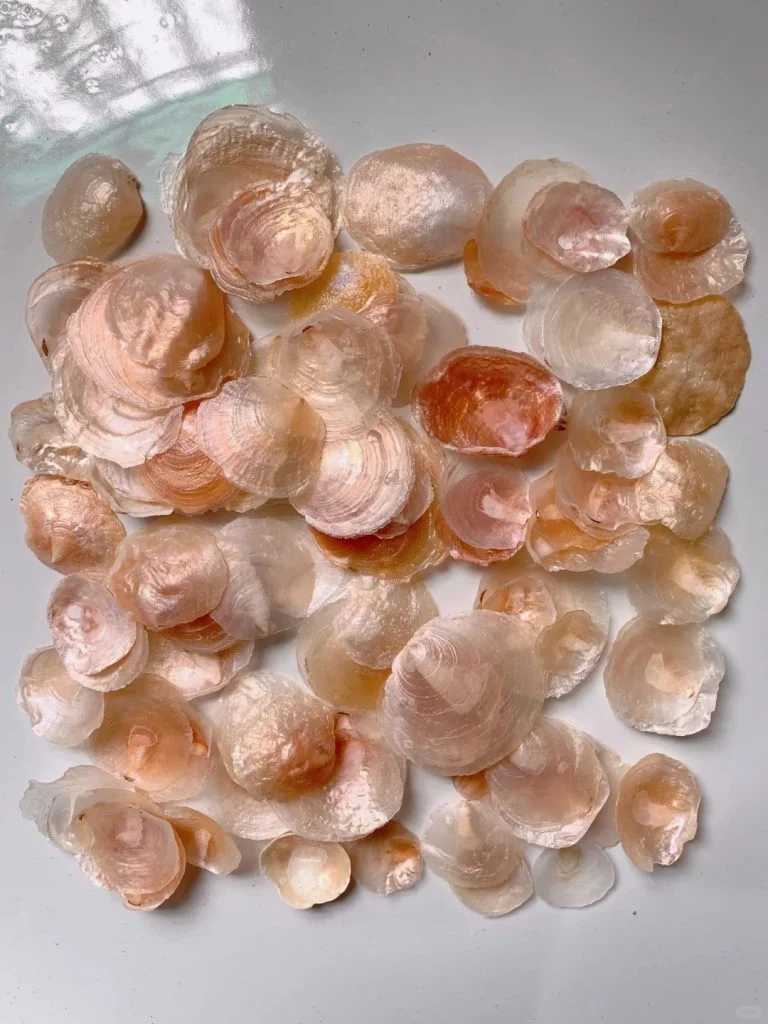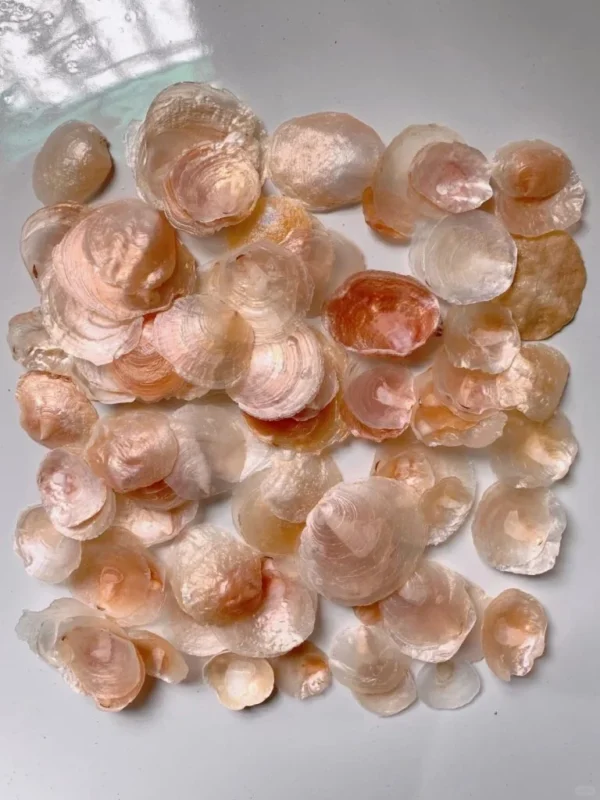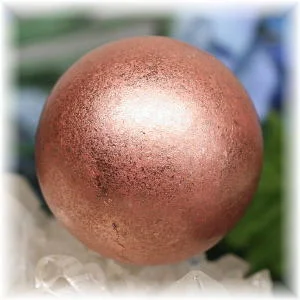Rare Pearls and Versatile Shells of the Windowpane Oyster

Pearls have long fascinated people worldwide, but few may know about the pearls produced by the Placuna placenta, commonly known as the windowpane oyster. Primarily found in the coastal waters of the Philippines, these oysters offer not only rare pearls but also translucent shells that have been prized for centuries for various decorative purposes.

The Windowpane Oyster’s Multifaceted Shell
The windowpane oyster, known locally as kapis, is most famous for its glass-like shells. Historically, these shells were used as a substitute for glass in windows and lampshades due to their translucent quality. Today, they are still utilized in home décor, including lamps, chandeliers, and other decorative items(Wikipedia). These shells are easy to work with due to their thin structure and pearlescent finish, making them highly desirable in handicrafts and jewelry(Capiz Online).

Recent Discoveries in Pearl Composition
In recent studies by the Gemological Institute of America (GIA), a surprising discovery was made regarding pearls from the windowpane oyster. Unlike typical pearls that are composed of aragonite, these pearls were found to consist primarily of calcite. This gives the pearls an unusual brown or gray hue, which is rare in the pearl world. These pearls also exhibit a distinctive concentric ring pattern, a feature not often found in most pearls(Mississippi River Museum).

Cultural and Economic Importance
In the Philippines, the kapis shell industry plays a significant role in local economies, especially in provinces like Capiz, which gives the shell its name. Fishermen collect these shells from shallow coastal waters, and the shells undergo a meticulous process before being transformed into decorative and functional items. However, overharvesting and environmental degradation pose significant threats to the sustainability of this industry, making conservation efforts critical.
Conclusion
The windowpane oyster represents a unique blend of beauty and functionality. From the delicate, translucent shells used in handicrafts to the rare pearls that defy traditional expectations, this marine mollusk is a testament to the wonders of nature. With ongoing scientific research and sustainable practices, the future of this remarkable species looks promising both in the jewelry world and in its traditional uses.
